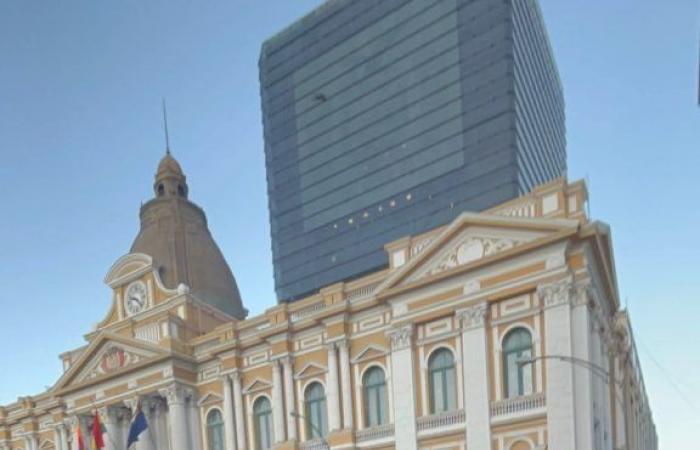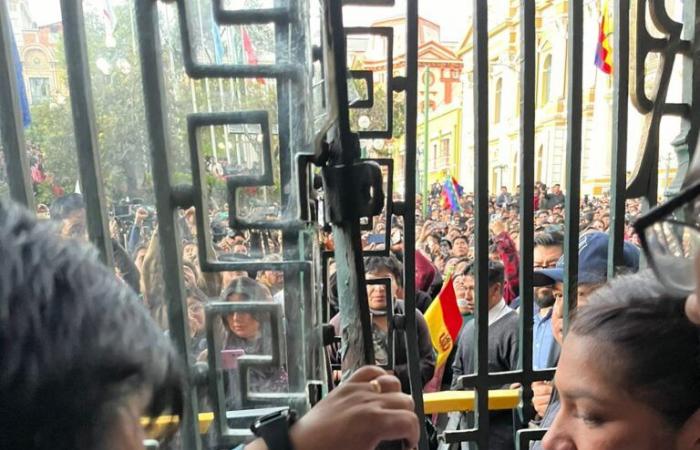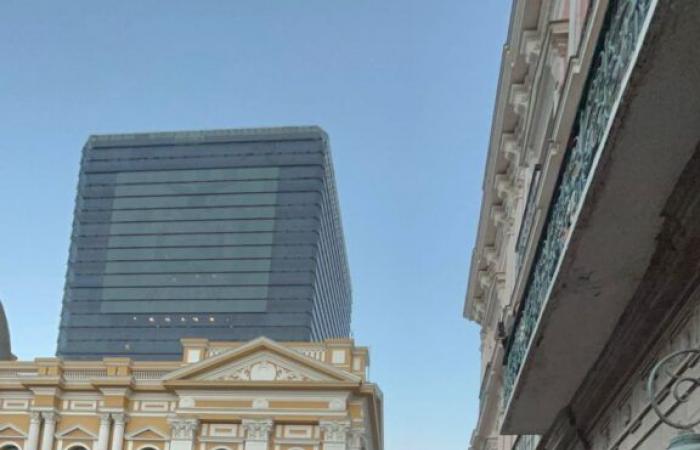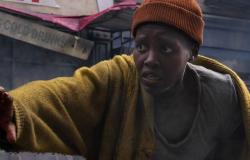A caravan of tanks and more than a hundred masked soldiers began to surround Plaza Murillo, Bolivia’s political headquarters. Around 2:30 p.m., the military personnel sang military songs to encourage their objective: to take the government building and “recover the homeland.”
The deployment was led by the deposed general and former commander of the Bolivian Army, Juan José Zúñiga.
Meanwhile, the streets of La Paz city were quickly flooded with people seeking to return home. But faced with the threat of another military coup, similar to the one that occurred in 2019, which forced former President Evo Morales (2006-2019) to resign from office, they changed their minds.

Zúñiga, who led the subversion, positioned himself inside a tank and tried to break through the doors of the presidential palace, also known as the “Burned Palace.” Inside was President Luis Arce Catacora.
““I am your captain.”
For safety reasons, the doors remained closed, forcing Zúñiga to return to his tank. He redoubled his strength to force his way through the main door of the most important building in the Andean nation.
“Our country cannot continue like this, doing whatever they want. We are showing our anger. We are going to recover this country, enough of destroying it, enough of impoverishing our country, enough of humiliating our country,” Zúñiga told the press.
Zúñiga is a former Bolivian military man with a long career in the Army. From November 2022 until his recent dismissal in June 2024, he served as commanding general. He was responsible for leading Bolivia’s military operations.
During his term, Zúñiga held the rank of colonel and was in charge of the REIM-23 Max Toledo regiment between 2012 and 2013. His career was marred by accusations of misappropriation of public funds. He is accused of allegedly diverting 2.7 million bolivianos destined for social programs such as Renta Dignidad and Juancito Pinto. For this reason, he was imprisoned for a period of seven days.
Despite these accusations, Zúñiga continued to rise in his military career. Thanks to his performance as Chief of Staff and Brigadier General, President Luis Arce chose him to lead the Army as Commander General starting November 1, 2022.
Support for Arce
After a group of approximately forty soldiers entered the presidential palace accompanied by Zúñiga, President Arce confronted them in an attempt to contain the military insurgency.
«As captain, I order all military police to immediately return to their barracks. General, we will not allow you to continue with your actions against the Bolivian people,” Arce declared firmly to Zúñiga’s face.
Arce, a sixty-year-old economist, assumed the presidency of Bolivia on November 8, 2020. His experience as Minister of Economy and Public Finance between 2006 and 2017, and again in 2019, has made him recognized as the main person responsible for the country’s impressive economic growth during the government of Evo Morales.
Since 2006, Bolivia has been governed by the Movement Towards Socialism – Political Instrument for the Sovereignty of the Peoples (MAS-IPSP), founded in 1997 by the social organizations that make up the Unity Pact.
“The armed forces want to restructure democracy, to make it a true democracy, not of a few, not of a few owners who have been running the country for thirty, forty years,” Zúñiga told the press after his attempt to take over the government house.
Zuñiga also demanded the release of Jeanine Áñez and Luis Fernando Camacho, who were identified as the main perpetrators of the coup against former President Evo Morales in November 2019.
“A request that I have received and we are going to fulfill is the immediate release of all political prisoners, we are going to release absolutely all political prisoners, from Camacho, from Añez, the generals, the lieutenant colonels, the majors who are imprisoned , that is the request of the armed forces. We want to restore democracy, the people have no future and the army has the balls to ensure the well-being and progress of our people,” Zúñiga said.
According to the Inter-American Commission on Human Rights (IACHR), 36 people lost their lives in different regions of the country during the conflicts that year.
Mobilizations and injuries
During the institutional crisis, Arce appointed new commanders for the armed forces. A large number of people gathered at the burned-out palace to show their support for the government. The military took measures to contain the protesters, using tear gas and erecting barricades.
According to Bolivia’s Security Minister, Carlos Eduardo del Castillo, there were clashes that resulted in at least nine civilian injuries. The nature and severity of the injuries caused by the bullets were not specified.
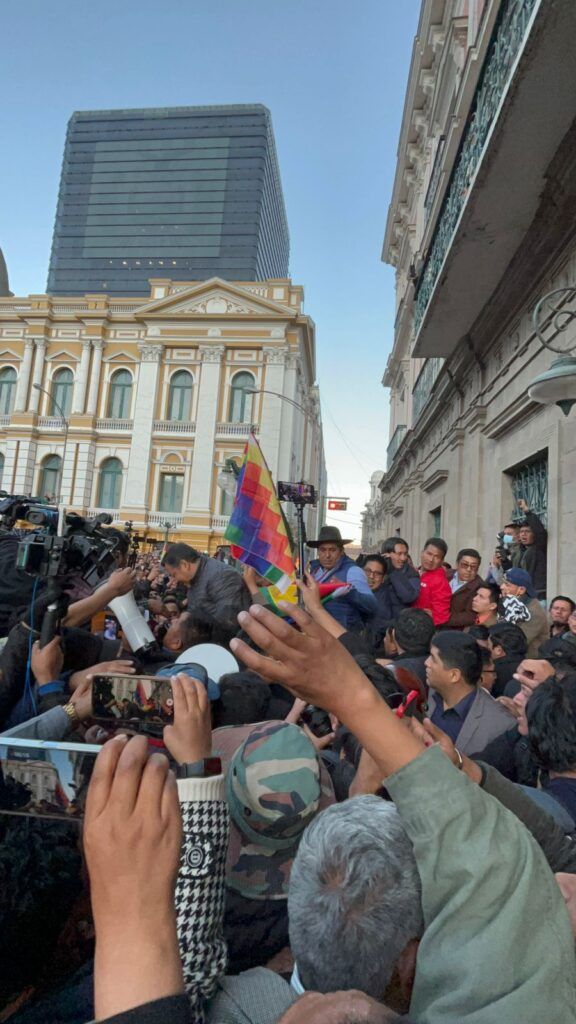

“There are civilians who have been injured with firearms. Obviously, the injuries show us that this was not a simulation, the disobedience to the power of the people temporarily residing in our president, shows that what they were looking for here was to commit another coup d’état,” Castillo said in a press conference.
After the withdrawal of the military, Zúñiga was arrested when leaving the headquarters of the Bolivian General Staff. The Attorney General’s Office formalized the criminal accusation against the deposed general and others responsible for “a failed coup attempt and subversion of the prevailing constitutional order,” the public ministry said in an official statement.

